Electric arc furnace
Electric arc furnace
Verstehen Sie den Begriff: Electric Arc Furnace
Ein wesentlicher Begriff in der Stahlproduktions- und Stahlhandelsbranche ist der Electric Arc Furnace (EAF). Direkt übersetzt bedeutet dies "Elektrischer Lichtbogenofen". Dieser Hochofentyp ist ein neurologischer Punkt in der Welt des Stahls.
Die Grundfunktionen eines Electric Arc Furnace
Ein Electric Arc Furnace ist ein Schmelzofen. Er wird genutzt, um Stahl und andere Legierungen unter Anwendung von Hochtemperatur-Elektroden zu schmelzen. Der Ofen nutzt elektrische Energie, um einen Lichtbogen zwischen den Elektroden und dem Material zu erzeugen. Auf diese Weise entstehen hohe Temperaturen, die sogar Metalle schmelzen können.
Die Rolle des Electric Arc Furnace in der Stahlproduktion
Der Electric Arc Furnace spielt eine entscheidende Rolle bei der Produktion von qualitativ hochwertigem Stahl. Er ermöglicht das Recycling von Schrottstahl, indem er diesen schmilzt und in neuen Stahl umwandelt. Dies macht den EAF zu einer umweltfreundlichen Option in der Stahlindustrie.
Die Bedeutung für den Stahlhandel
Im Stahlhandel ist die Herstellung von Stahl ein kritischer Parameters. Die von einem Electric Arc Furnace produzierte Stahlqualität ist oft höher als die von normalen Hochöfen. Daher sind Stähle, die in EAFs hergestellt werden, auf dem Markt häufig gefragter und erzielen einen höheren Verkaufspreis.
Zusammenfassung
Zusammengefasst lässt sich sagen, dass der Electric Arc Furnace eine unerlässliche Komponente in der Modernisierung der Stahlproduktion und des Stahlhandels ist. Durch seine Fähigkeit, Schrottstahl zu recyclen und qualitativ hochwertigen Stahl herzustellen, spielt er in der nachhaltigen Zukunft der Stahlindustrie eine wichtige Rolle.
Blog Posts with the term: Electric arc furnace
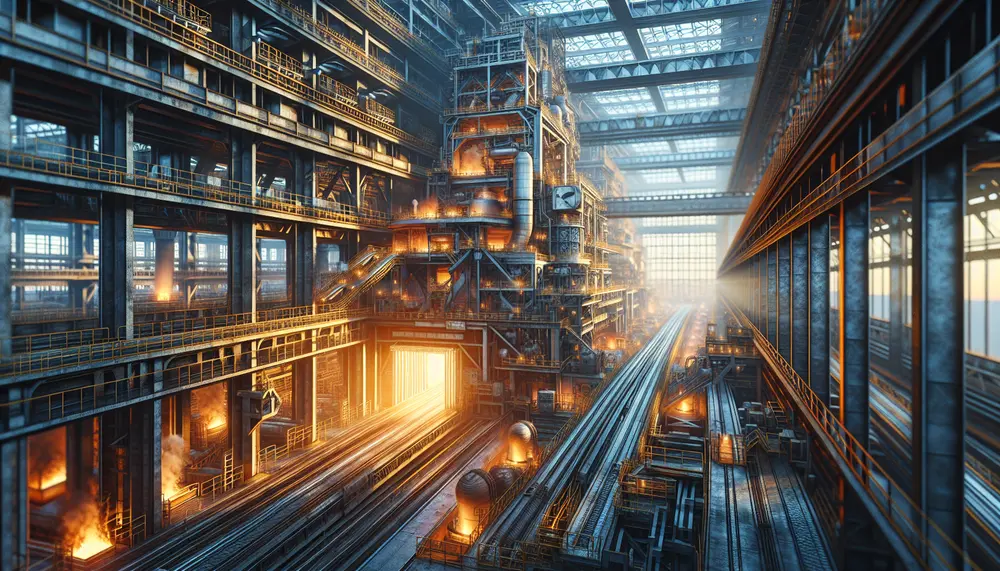
Steel making is a sophisticated process that turns iron ore into steel, involving methods like the Blast Furnace and Electric Arc Furnace to produce various grades of steel. The industry emphasizes sustainability by using additives and recycled materials while ensuring...
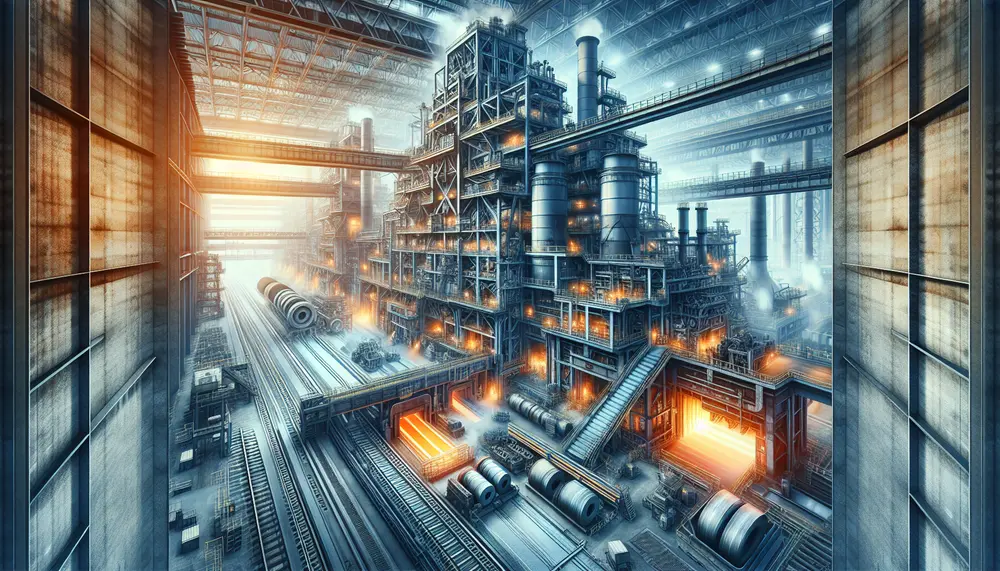
The article provides an overview of the steel making process, detailing how raw materials like iron ore, coke, and limestone are transformed into versatile and durable steel through a complex series of steps depicted in a flow diagram. It discusses...
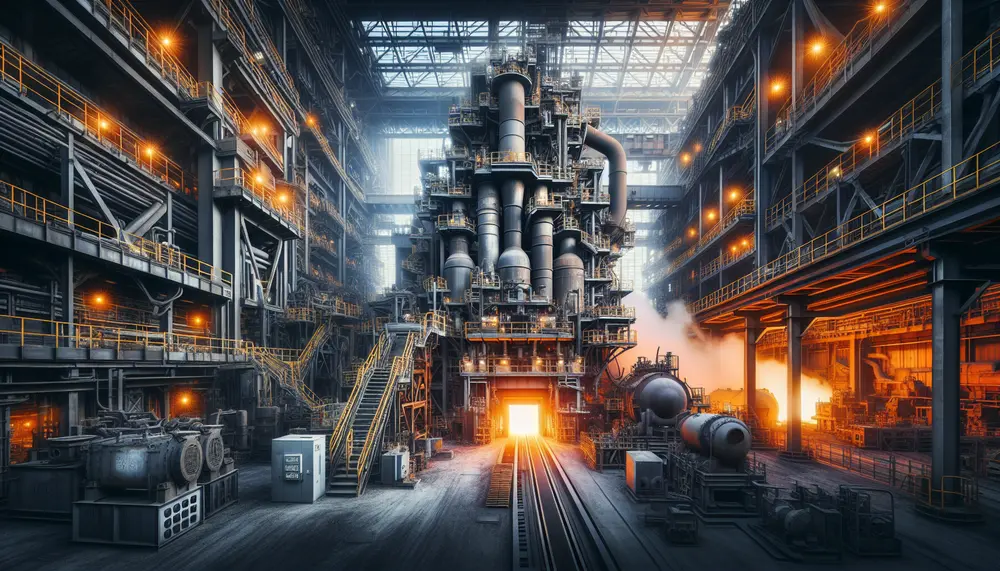
The article provides an overview of the two main steelmaking routes: blast furnace (BF) and electric arc furnace (EAF), detailing their processes, economic considerations, environmental impacts, and technological advancements. It compares BF's large-scale production with high carbon emissions to EAF's...
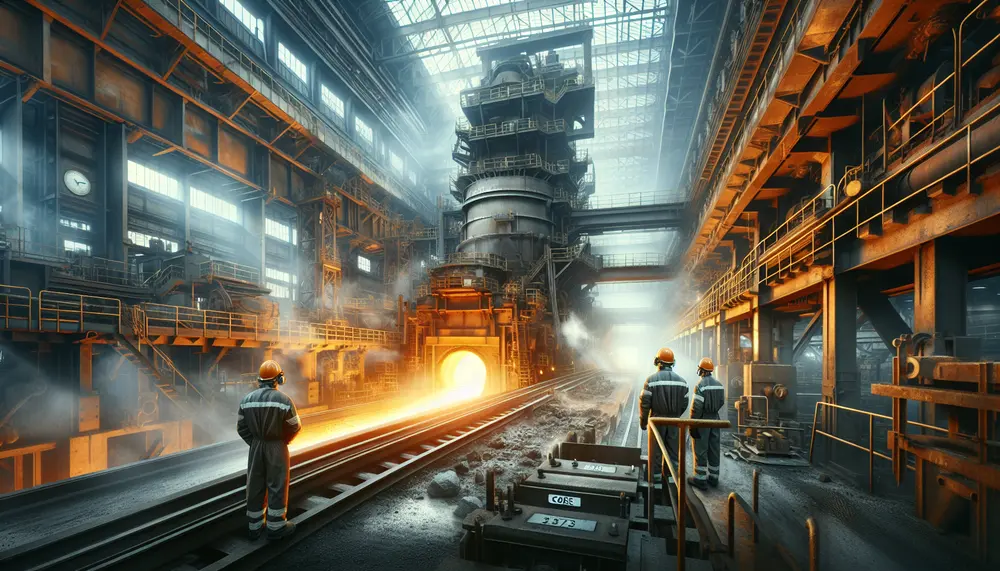
Coke is crucial in steel production, providing heat and chemical reactions for smelting iron ore while also structuring the blast furnace. However, its use emits pollutants and CO2, contributing to environmental concerns....
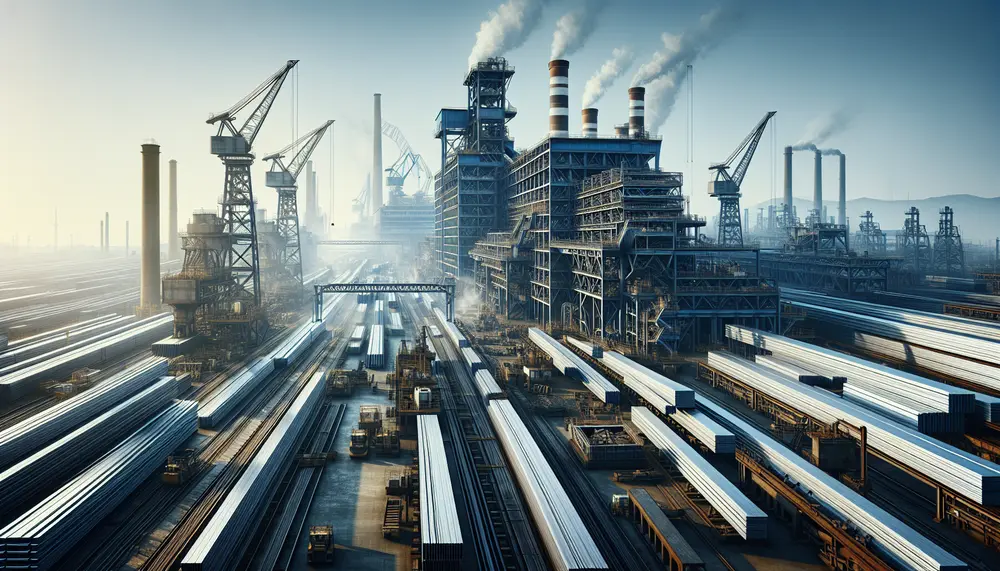
The African steel industry is growing and diverse, with varying levels of resource availability and technological sophistication across countries. It plays a crucial economic role by stimulating growth in other sectors, creating jobs, contributing to GDP, reducing import dependency, and...
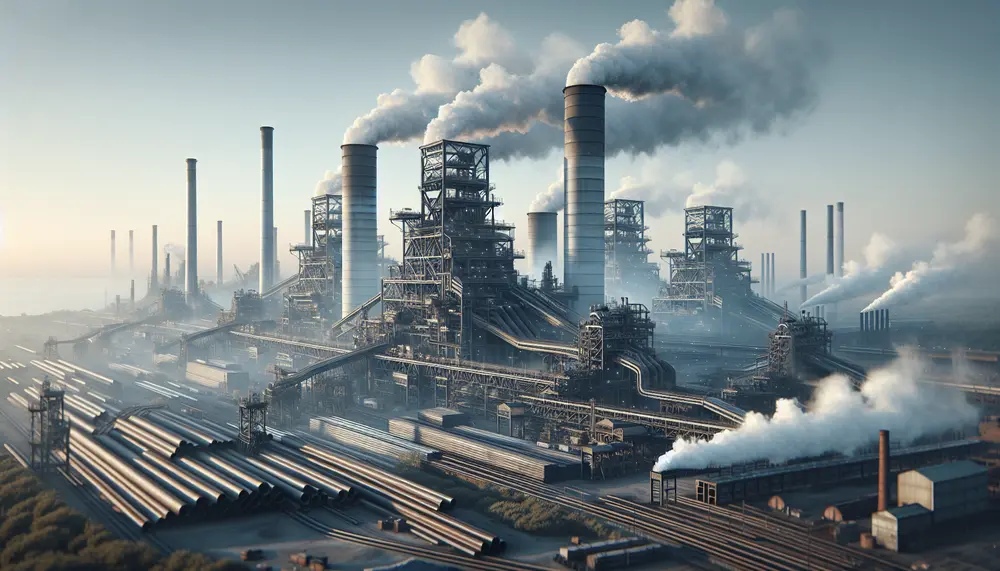
Steel production in France has grown due to technological advancements, increased demand, and strategic investments despite challenges like environmental regulations and market volatility. The industry's history shows a pattern of expansion post-WWII, peak production in the 1970s, followed by decline...
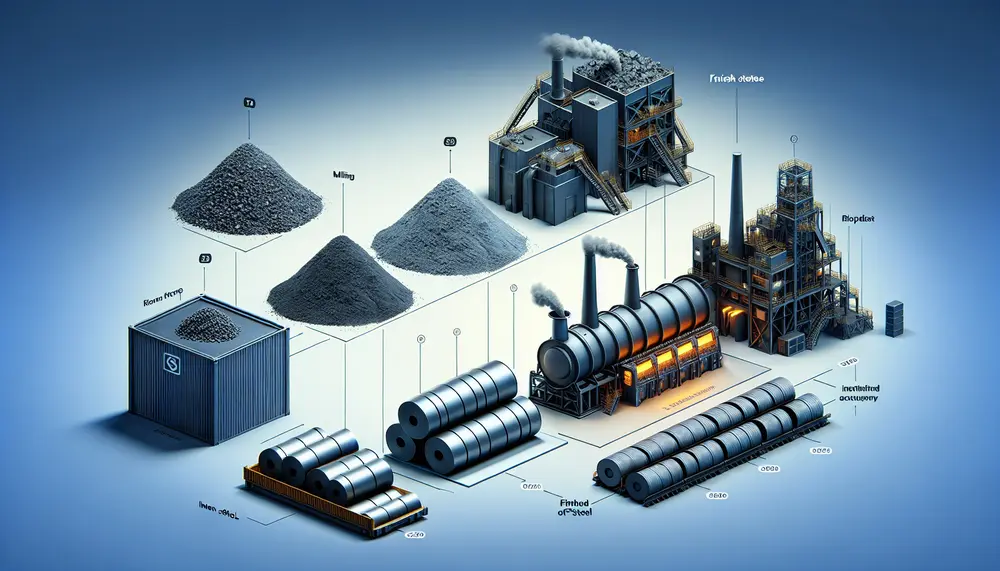
The steelmaking value chain is a complex process that transforms raw materials like iron ore, coking coal, and limestone into high-quality steel through strategic steps involving technological innovation to optimize efficiency and reduce environmental impact. Understanding this value chain helps...
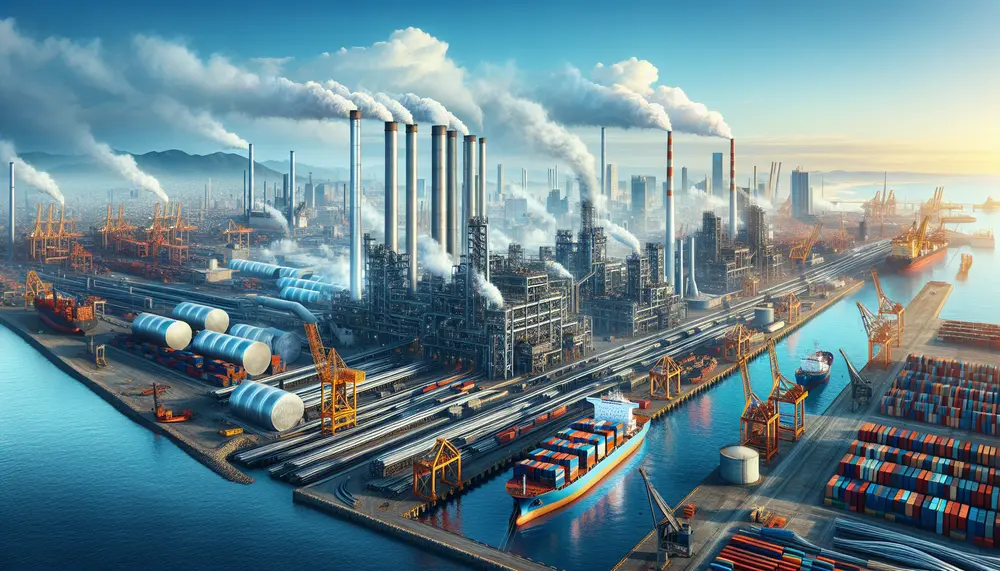
Mexico's steel industry has grown significantly due to rich resources, strategic location, skilled workforce, and modern technology. Challenges include high energy costs, competition from lower-cost countries, price fluctuations, and environmental concerns....
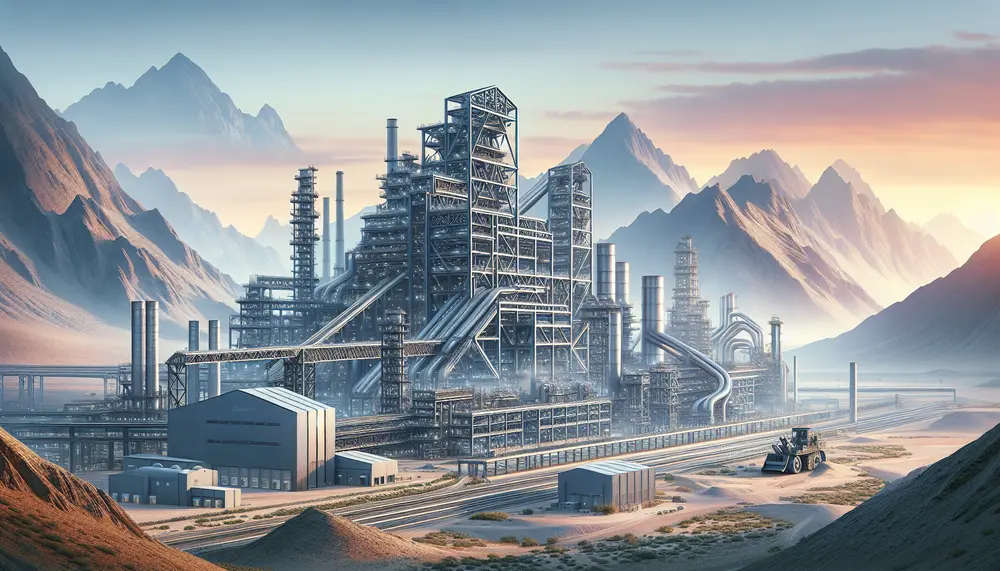
Oman's steel production has seen significant growth, contributing to the nation's GDP and infrastructure development. Strategic expansions have increased capacity to over 2.4 million tons, with key players like Muscat Steel Industries Co. LLC driving this dynamic sector forward through...
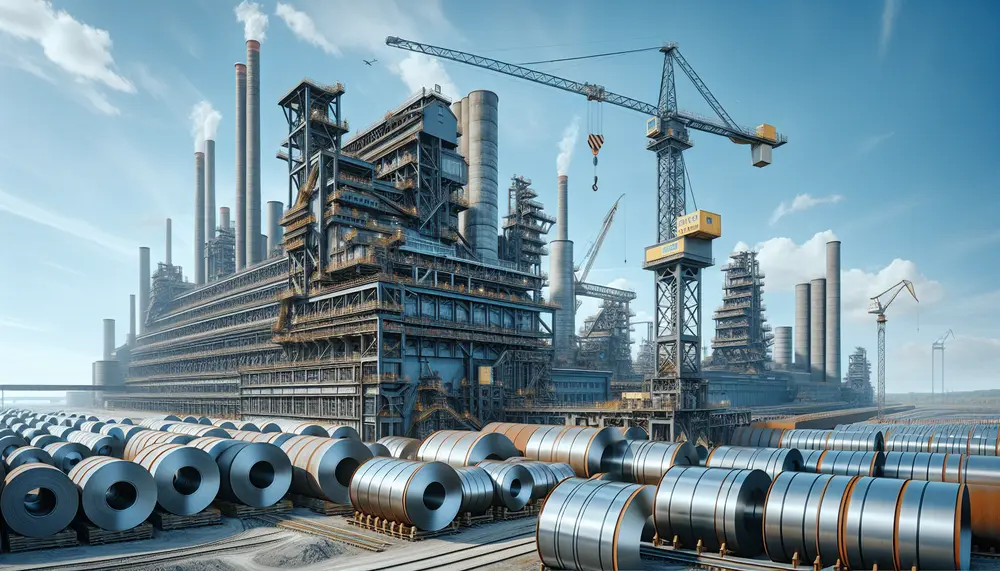
The steel industry in the Netherlands is integral to its economy, known for innovation and sustainability, with a focus on high-grade production used across various sectors. The Dutch sector's evolution has been shaped by historical shifts and strategic investments like...
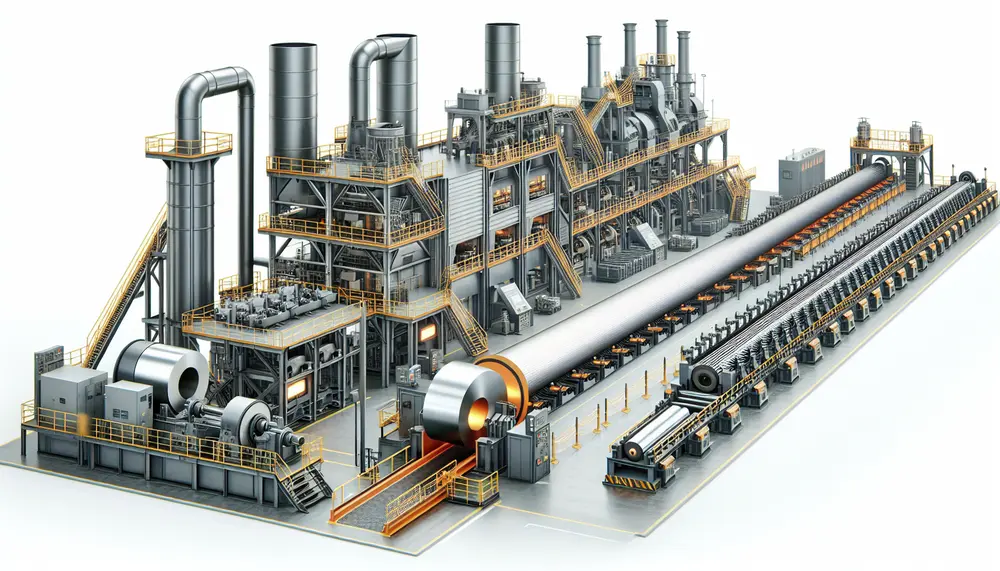
Steel manufacturing is a complex process that transforms iron ore into steel, involving precise heating and mixing to create different grades for various applications. The journey includes primary methods like Basic Oxygen Steelmaking (BOS) and Electric Arc Furnace (EAF), followed...
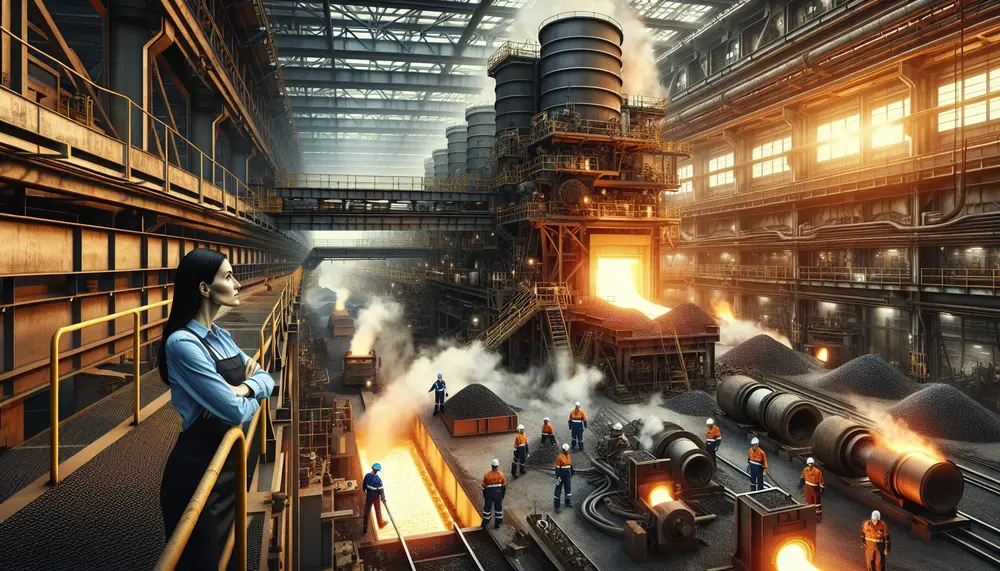
The article "Introduction to Steelmaking from Pig Iron" explores the historical and modern processes of transforming pig iron into steel, including methods like the Bessemer Process, Basic Oxygen Steelmaking (BOS), and Electric Arc Furnace (EAF). It highlights the importance of...
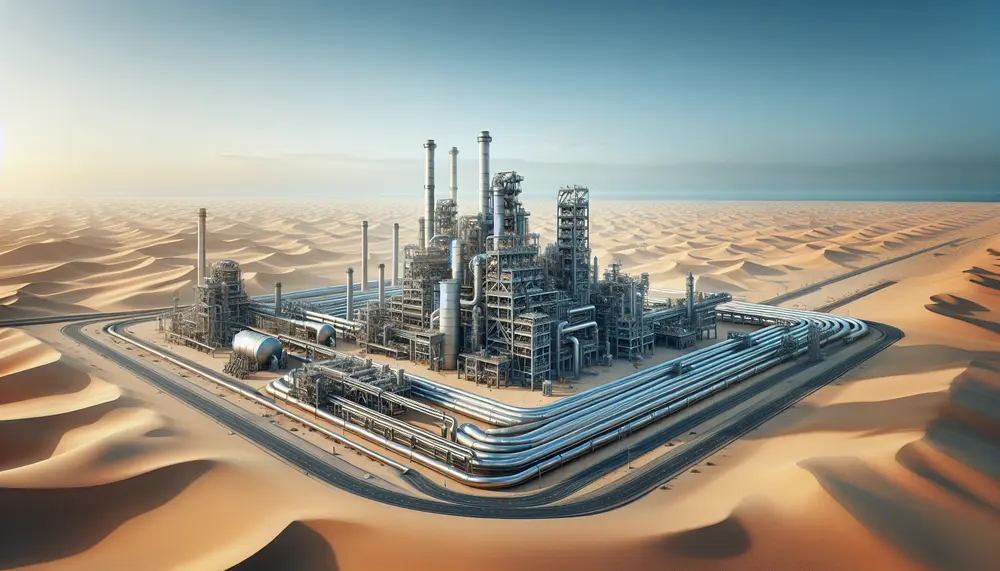
Kuwait's steel production is on the rise due to government initiatives, modernized facilities, and strategic location for trade. This growth supports economic diversification and attracts investment but also raises concerns about environmental impact and resource usage....
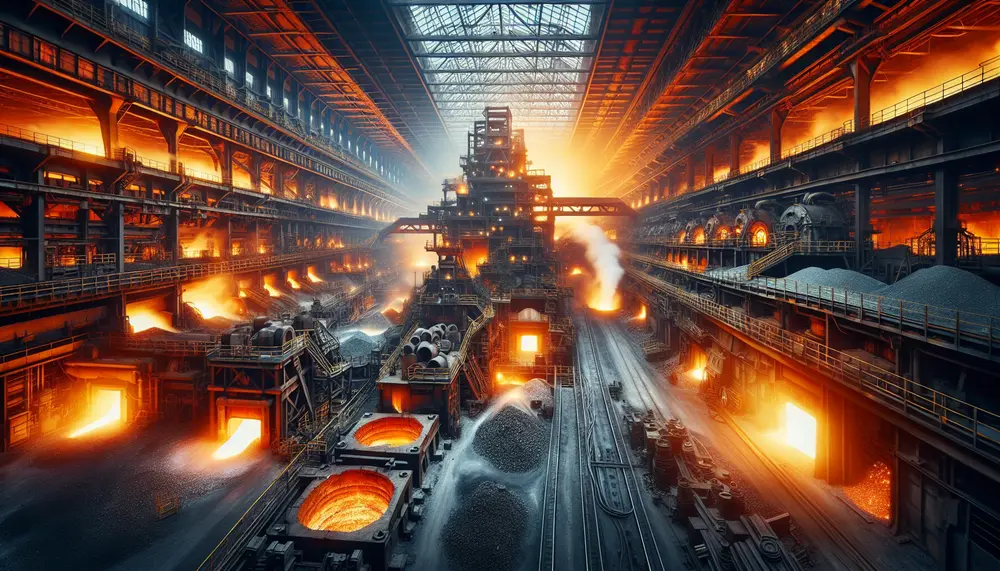
The Bessemer process, developed by Henry Bessemer in the 1850s, revolutionized steel production by efficiently removing impurities from molten pig iron using blown air and enabling mass production. This innovation significantly reduced costs and time for steel manufacturing, facilitating industrial...
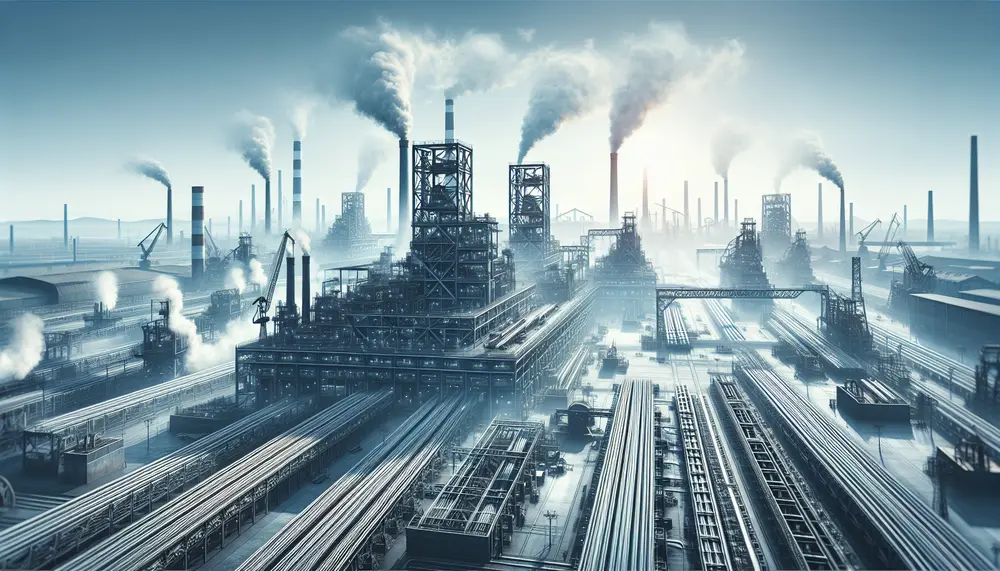
Steel production in the United States varies by state, reflecting unique resources, workforce skills, and industrial strategies; key states like Indiana, Pennsylvania, Texas, and Ohio lead due to factors such as natural resource availability and technological innovation. Mini-mills have revolutionized...
